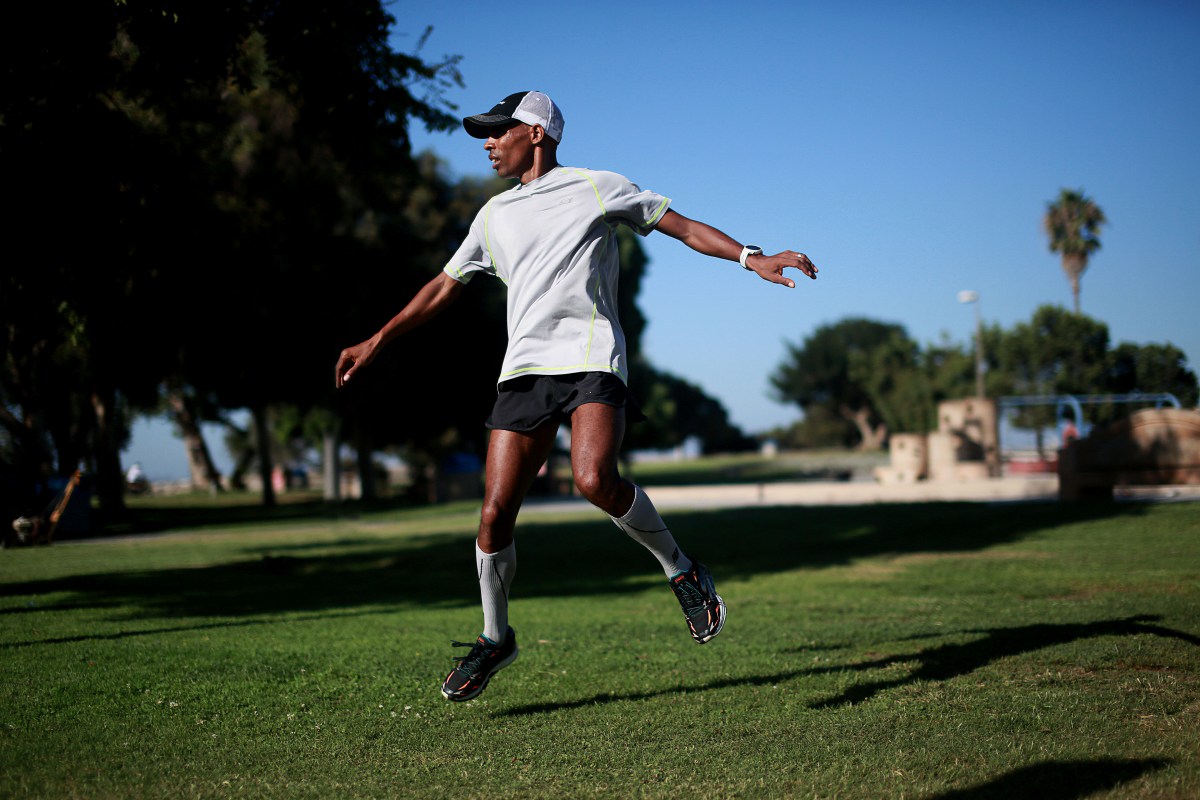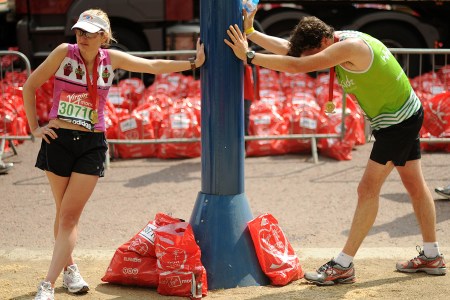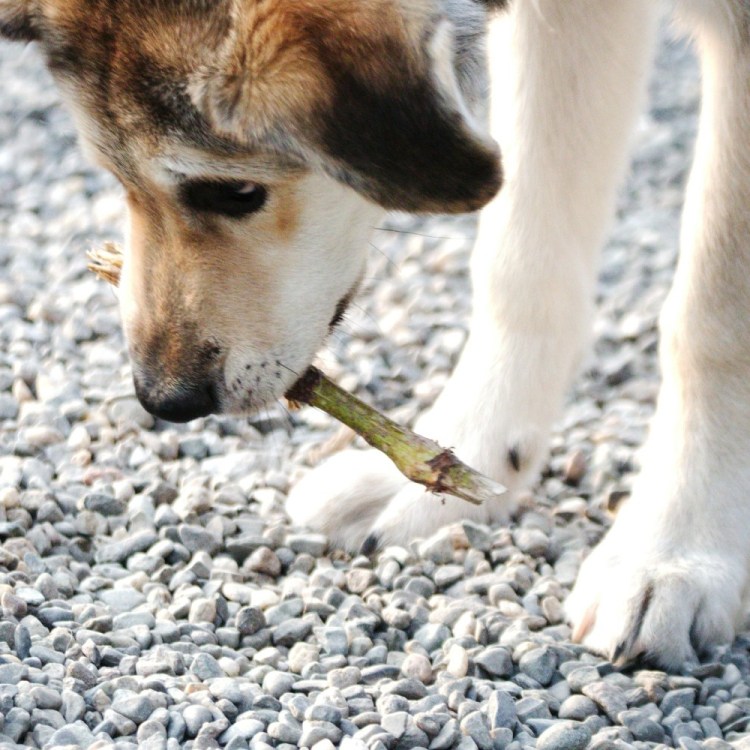In old photos before big races, runners are almost always “warming up” with static stretches. See here, or here, or my personal favorite here (in which a couple of windbreaker-draped fellas pregame Boston with an assisted hamstring stretch).
It isn’t uncommon to still see runners leaning against a telephone pole, pulling a leg at a time back toward their butt, before evidently deciding it’s time to start the day’s effort. The elementary logic has long made sense to most (my hamstrings tighten up on runs, shouldn’t I loosen them up?), and besides, that’s probably what your coach and/or PE instructor taught you to do back in the day.
But the running community has actually eliminated static (or “passive”) stretch movements from warm-up regimens. They’ve replaced them with dynamic movements that coax the body through its full range of motion. Below, we explain precisely what you need to know, and offer an excellent warm-up you ought to test out before your next run.
When Does Running Get Easier?
How to de-boogeyman the activity in four to six weeksStatic vs. Dynamic
Static stretching is a long-term play, intended to encourage elasticity in tendons and connective tissue. It’s not the best way to get ready for a 30-minute run around the neighborhood…that’s poised to start any second now.
Dynamic stretching aims for immediate, workable results. It warms up the body, stimulating the musculature used for running, and alerting the heart that it’s about to be put through the ringer. It’s full-body, too, as noted by physical therapist John Fiore, capable of preparing “the hips, quadriceps, hamstrings, gluteals, gastroc-soleus, intrinsic foot musculature, and upper body-torso.”
By contrast, as the Cleveland Clinic points out, static stretching doesn’t really pass the eyeball-test. Why lay on the ground, pulling extremeties this way and that, right before you need to propel your body down the road?
There’s even a risk to prioritizing passive, pre-run stretches; they can’t prevent injuries to the knees or Achilles…yet can, unfortunately, inhibit the body’s performance capacity. The National Strength and Conditioning Association even reports that static stretching “decreases force production, power output, running speed, movement time and muscular endurance.”
How to Warm Up, Better
For starters, one of the best ways to warm up for running is to run. That’s the last thing most people want to hear — just getting out of bed and getting shoes on feels punishment enough. You want to start the run before you change your mind. But we’re talking about five minutes, at 50% effort. This will most likely look like a jog around your immediate block. It’s annoying, but it will help.
From there, transition to dynamic stretches. Ideally you’ll have a good chunk of space at your disposal (20 yards or more). Here are some “there and backs” to plug into the routine. All should be done without breaking stride, at a pace that’s comfortable and attentive to your body:
- Lunges
- Knee Hugs
- High-Knee Bounds
- Butt-Kicks
- Carioca
If you have a wall or fence handy, you might also practice a variety of “swings.” South Carolina’s Furman Institute of Running and Scientific Training, which is run by exercise scientists/lifelong runners, has the hook-up. Think straight-leg lateral swings, bent-knee lateral swings, and bent-knee forward swings. The first moves the leg across the body, the second alternates pushing it toward each shoulder, and the final pushes it away from the chest, like the knee-pumping stride of a sprinter.
Courtesy of a Colorado Springs Coach
Finally: we’re huge fans of this regimen, uploaded to Instagram recently by Meg Tackas, a running coach based in Colorado Springs. She cycles through a highly digestible routine, that shouldn’t take too much time:
- 20 seconds of butt kicks
- 20 seconds of knee drives
- 20 seconds of pogo jumps (a fun one we’d never tried before)
- 20 seconds of isolated pogo jumps per leg
- Three sets of heel walks into “backward pedals”
- Five hip controlled articular rotations (CARS) per leg
- 10 pawing drills per leg
Look, it sounds like a mouthful, and some in her comments section have predictably complained that it’s “a whole workout,” but it shouldn’t take more than a few minutes. Ultimately, once you get the hang of it — and get used to running pain-free — you’ll wonder how you ever set off without it.
The Charge will help you move better, think clearer and stay in the game longer. Subscribe to our wellness newsletter today.



















